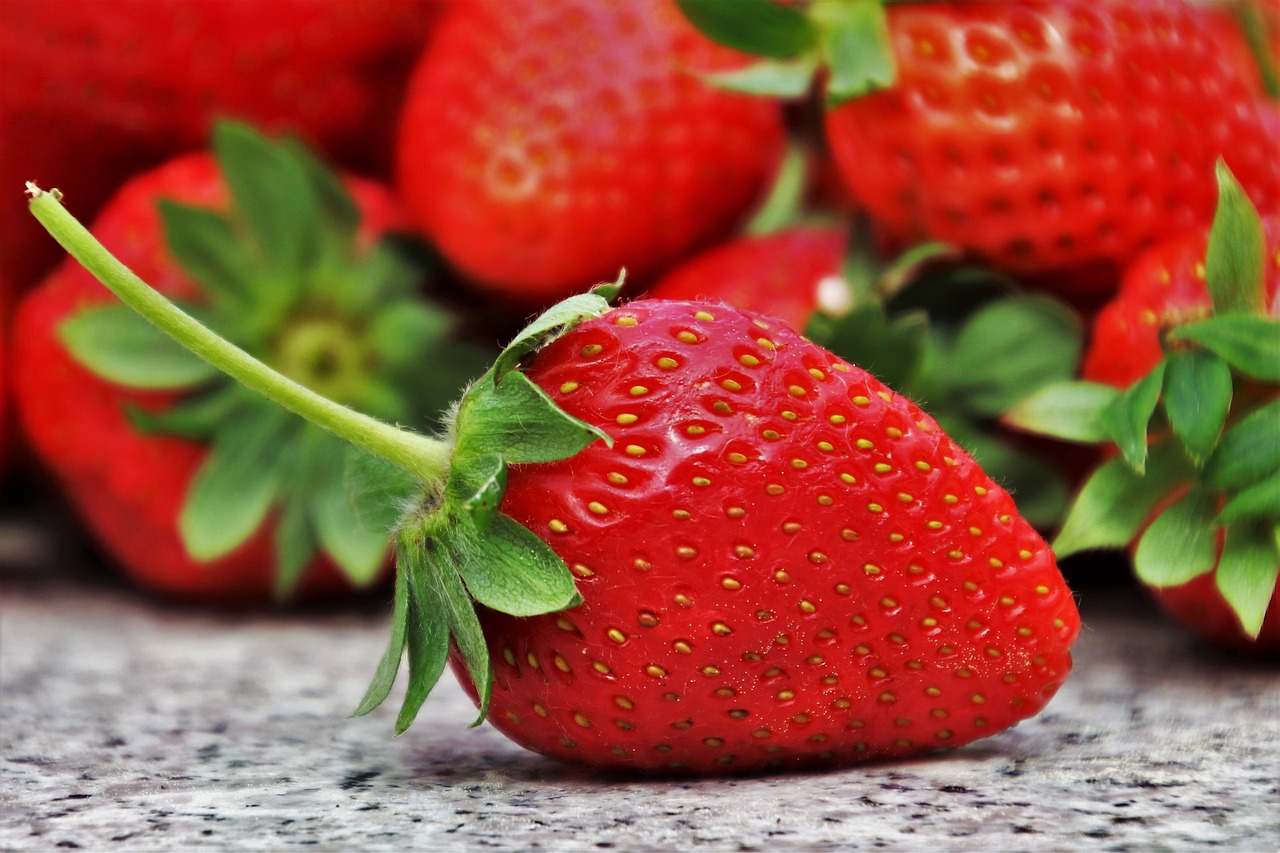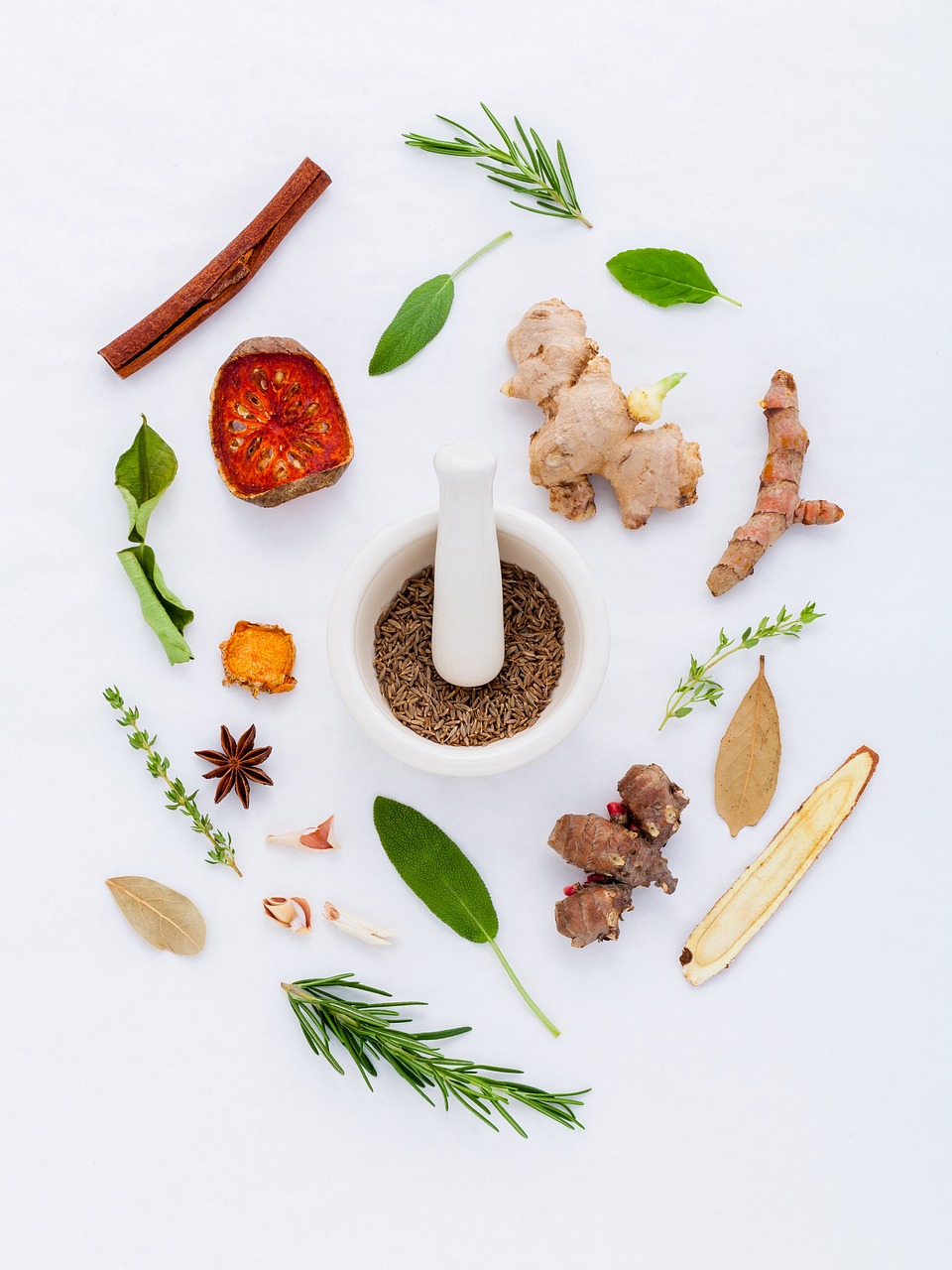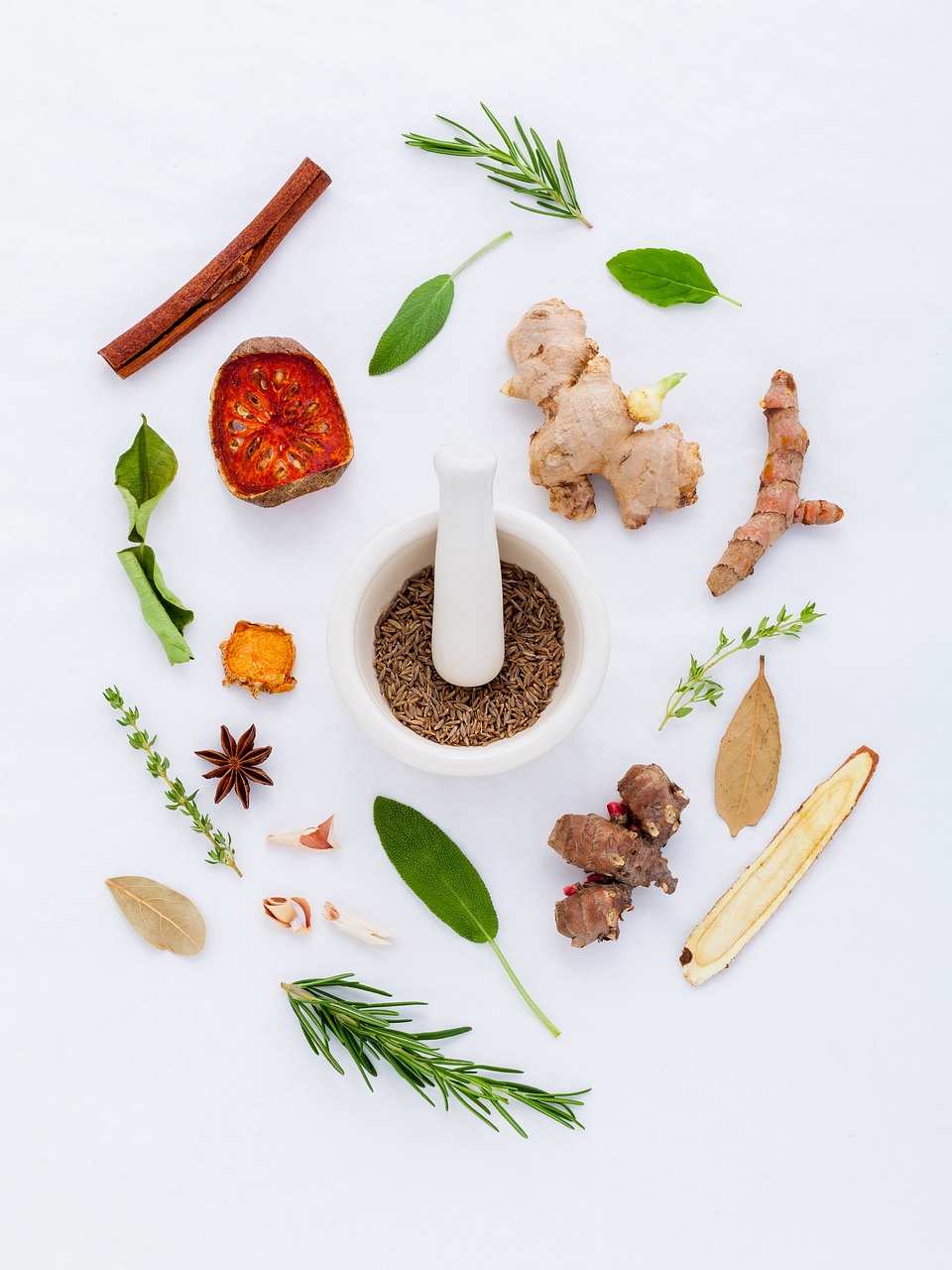If you’ve ever wondered how professional chefs always manage to make their dishes burst with flavor, look no further than the art of seasoning. Seasoning is the key to transforming a mediocre meal into a culinary masterpiece. In this article, you’ll discover the secrets behind seasoning your food like a pro chef, as we share expert cooking tips and techniques that will elevate your dishes to new heights. By mastering the art of seasoning, you’ll be able to create flavors that dance on your taste buds and impress anyone lucky enough to dine at your table. So get ready to take your cooking skills to the next level and become the seasoning maestro you’ve always wanted to be.

Understanding the Basics of Seasoning
Introduction to seasoning
Seasoning is an essential part of the cooking process that involves adding various ingredients to enhance the flavor of food. It goes beyond simply sprinkling salt and pepper on a dish and requires an understanding of different seasonings and their uses. By mastering the art of seasoning, you can elevate the taste of your dishes and create culinary masterpieces.
The role of seasoning in cooking
Seasoning plays a crucial role in cooking as it brings out the natural flavors of ingredients and adds depth and complexity to dishes. It helps to balance the taste by accentuating certain flavors and subduing others. Proper seasoning can transform a bland dish into a symphony of flavors, making it more enjoyable and memorable.
Salt: the most essential seasoning
When it comes to seasoning, salt is undoubtedly the most essential ingredient. It acts as a flavor enhancer and helps to bring out the natural taste of food. Salt can also help to reduce bitterness and increase sweetness in certain dishes. The key to using salt effectively is to add it in small increments and taste as you go to avoid over salting.
Other common seasonings and their uses
In addition to salt, there are various other common seasonings that can elevate the flavor of your dishes. Herbs and spices such as basil, oregano, paprika, and cumin can add a burst of flavor to your preparations. Additionally, condiments like soy sauce, vinegar, and hot sauce can provide tang and depth to your dishes. Understanding the role of each seasoning and experimenting with different combinations is the key to creating delicious meals.
Choosing the Right Salt
Different types of salt and their characteristics
Salt comes in various forms, each with its own unique characteristics and flavors. Sea salt is made by evaporating seawater and contains minerals that add complexity to dishes. Kosher salt has a coarse texture and is often used in the koshering process of preparing meat. Table salt, on the other hand, is finely ground and commonly used in everyday cooking. It is important to understand the differences between these salts to choose the right one for your recipes.
Factors to consider when choosing salt
When selecting salt, there are a few factors to consider. First, consider the texture and size of the salt crystals. Finer salt is suitable for baking and general seasoning, while larger crystals are ideal for finishing dishes. It’s also important to consider the flavor and intensity of the salt. Some salts have a more pronounced flavor, while others are milder. Experimenting with different salts can help you determine your preference.
Using sea salt, kosher salt, and table salt
Sea salt is excellent for seasoning grilled meats and vegetables as it adds a subtle brininess to the food. Kosher salt, due to its coarse texture, is great for seasoning during cooking, especially on larger cuts of meat. Table salt works well for everyday seasoning and is ideal for baking as its fine grains dissolve quickly. Depending on the dish and your personal preference, choose the right salt to bring out the best flavors in your culinary creations.

Enhancing Flavor with Pepper
The importance of pepper in seasoning
Pepper is another essential seasoning that adds a spicy and pungent flavor to dishes. It is known for its ability to balance flavors and brighten the overall taste of a dish. The use of pepper can add depth and complexity to both savory and sweet preparations, making it a versatile ingredient in the culinary world.
Different types of pepper and their flavors
There are various types of pepper available, each with its distinct flavor profile. Black pepper, the most commonly used, has a sharp and pungent taste. White pepper, on the other hand, is milder and earthier in flavor. For a warmer and fruitier taste, try using pink or green peppercorns. Experimenting with different types of pepper can help you discover new flavors and enhance your culinary creations.
Using whole peppercorns versus pre-ground pepper
Using whole peppercorns and grinding them just before use ensures maximum flavor and aroma. Whole peppercorns have a longer shelf life and retain their flavor better than pre-ground pepper. By grinding the pepper yourself, you have better control over the coarseness, allowing you to achieve the desired texture for your dishes. Pre-ground pepper, however, is convenient and works well when you need a quick seasoning fix.
Grinding techniques for optimal flavor
To release the flavors and aromas of whole peppercorns, there are a few grinding techniques you can employ. For a coarse grind, use a mortar and pestle or a pepper mill. A fine grind can be achieved by using a spice grinder or a grater. Experiment with different grinding techniques to find the one that suits your taste preferences and helps you unlock the best flavors from your pepper.
Utilizing Herbs and Spices
The versatility of herbs and spices
Herbs and spices are an essential part of seasoning and can add depth, aroma, and character to your dishes. They come in various forms, including fresh, dried, and ground, and each has its own unique flavor profile. Herbs are derived from the leaves of plants, while spices are derived from other parts such as seeds, bark, or roots. Understanding the versatility of herbs and spices allows you to harness their full potential in your cooking.
Common herbs and their flavor profiles
Herbs come in a wide range of flavors, each contributing its own unique taste. Basil adds a fresh and slightly sweet flavor, while rosemary has a pine-like taste. Thyme provides a subtle earthiness, and cilantro offers a bright and citrusy flavor. Experimenting with different herbs can elevate the taste of your dishes and create unforgettable culinary experiences.
Popular spices and their uses
Spices are known for their intense flavors and can add depth and complexity to your dishes. Cumin is commonly used in Mexican and Indian cuisine to add warmth and earthiness. Paprika adds a mild smokiness, while cinnamon provides a sweet and warm taste. By using a variety of spices, you can create dynamic flavors and transport your taste buds to different culinary traditions.
Combining herbs and spices for complex flavors
The real magic happens when you combine herbs and spices to create complex flavor profiles. Blends such as Italian seasoning, curry powder, and herbes de Provence offer a harmonious balance of flavors that can enhance a range of dishes. Experimenting with different combinations and finding your own signature blends allows you to bring a personal touch to your culinary creations.

Understanding Umami
Explaining umami and its significance in cooking
Umami is often referred to as the fifth taste, alongside sweet, salty, sour, and bitter. It is a savory and rich flavor that adds depth and satisfaction to dishes. Understanding umami and how to incorporate umami-rich ingredients in your cooking can take your flavors to the next level.
Umami-rich ingredients to enhance flavor
There are several umami-rich ingredients that can enhance the flavor of your dishes. Soy sauce, fish sauce, and Worcestershire sauce all contain high levels of umami and can be used to add depth to stews, gravies, and marinades. Other ingredients like mushrooms, tomatoes, and Parmesan cheese are also packed with umami and can elevate a wide range of preparations.
Balancing umami with other tastes
While umami adds richness and depth to dishes, it is important to balance it with other tastes to create a well-rounded flavor profile. Combining umami with sweet, sour, and salty flavors can create a complex and harmonious taste experience. Experimenting with different combinations allows you to find the perfect balance for your recipes.
Balancing Sweetness and Acidity
Using sweetness to enhance savory dishes
Sweetness can play a crucial role in balancing flavors, particularly in savory dishes. Adding a touch of sweetness can help to counterbalance bitterness and acidity, resulting in a more pleasing taste. Sugar, honey, and maple syrup are commonly used sweeteners that can bring out the natural flavors of ingredients and create a harmonious balance in your dishes.
The role of acidity in balancing flavors
Acidity is another important component in flavor balance. It can help to cut through richness and add brightness to dishes. Common acidic ingredients include vinegar, citrus juice, and yogurt. The addition of acid can help to enhance flavors and make your dishes more vibrant and refreshing.
Adding sweetness and acidity to dishes
Adding sweetness or acidity to dishes requires careful thought and experimentation. Start with small amounts and taste as you go to ensure the flavors are well balanced. Gradually adjust the sweetness or acidity until you achieve the desired taste. Using sweetness and acidity together can create a symphony of flavors that will delight your taste buds.
Experimenting with Oils and Vinegars
Selecting the right oils for different dishes
Oils are not only a cooking medium but also a flavor enhancer. Different oils have different smoke points and flavors, making them suitable for various cooking methods and dishes. Olive oil, with its rich and fruity flavor, is great for dressings and sautéing. Coconut oil adds a tropical twist to dishes, while sesame oil provides a nutty and aromatic taste. Choose the right oil to complement your dish and elevate its flavors.
Using flavored oils to add depth
Flavored oils can add depth and complexity to your dishes, taking them from ordinary to extraordinary. Infused oils such as garlic oil, chili oil, or herb-infused oils can impart a burst of flavor to your preparations. Drizzle them over salads, pasta, or roasted vegetables to add an extra layer of taste and make your dishes truly shine.
Using vinegars to enhance flavors
Vinegars are versatile ingredients that can enhance the flavors of a wide range of dishes. Balsamic vinegar adds a sweet and tangy flavor to salads and roasted vegetables, while rice vinegar is commonly used in Asian cuisine for its mild and slightly sweet taste. Experimenting with different vinegars can add a new dimension to your cooking and help you create unforgettable flavors.
Infusing oils and vinegars at home
Infusing oils and vinegars at home allows you to experiment with different flavors and create custom blends that suit your taste preferences. Simply add herbs, spices, or fruits to a jar of oil or vinegar and let it sit for a few weeks to infuse the flavors. Homemade infused oils and vinegars make great gifts and can add a personal touch to your cooking.
The Art of Layering Flavors
Building depth with layering
Layering flavors is an art that involves adding different ingredients at various stages of the cooking process to create depth and complexity. By adding layers of seasoning, you can create a multi-dimensional taste experience that keeps your taste buds intrigued. Start with a base flavor and gradually build upon it to create a symphony of flavors in your dish.
The importance of timing in flavor layering
Timing is crucial when it comes to flavor layering. Some ingredients need to be added early in the cooking process to infuse their flavors, while others are better added towards the end to retain their freshness. By understanding the optimal timing for each ingredient, you can ensure that the flavors are balanced and harmonious.
Common techniques for layering flavors
There are various techniques for layering flavors that you can employ in your cooking. Marinating ingredients before cooking allows them to absorb the flavors of the marinade and infuse your dish with taste. Sautéing aromatics like onions and garlic at the beginning of cooking can add a rich base flavor. Adding fresh herbs at the end of cooking brings a burst of freshness and aroma. Experiment with different techniques to master the art of flavor layering.
Adjusting Seasoning to Different Cuisines
Understanding flavor profiles of different cuisines
Different cuisines have distinct flavor profiles that are achieved through the use of specific seasonings and techniques. Understanding the flavor profiles of different cuisines allows you to adapt your seasoning techniques and create authentic dishes. For example, Mexican cuisine often features flavors such as cumin, chili, and cilantro, while Mediterranean cuisine embraces herbs like oregano, thyme, and rosemary.
Adapting seasoning techniques to specific cuisines
To achieve authentic flavors, it is important to adapt your seasoning techniques to specific cuisines. Familiarize yourself with the typical seasonings used in a particular cuisine and experiment with different combinations. Use traditional techniques such as dry rubs, spice blends, or marinades to impart the desired flavors to your dishes. By mastering the art of adapting seasoning techniques, you can transport your taste buds to different corners of the world.
Exploring global flavor combinations
One of the joys of cooking is the opportunity to explore global flavor combinations. By combining seasonings and techniques from different cuisines, you can create unique and exciting dishes. Experiment with a Mexican-Asian fusion using spices like cumin and coriander with soy sauce and ginger. Or try a Mediterranean-Latin American mashup with olive oil, cilantro, and lime. The possibilities are endless, and you never know what delicious creations await.
Tips for Tasting and Adjusting Seasoning
The importance of tasting throughout cooking
Tasting your food throughout the cooking process is an essential step in achieving perfect seasoning. By tasting, you can gauge the flavor profile and make adjustments as needed. It allows you to identify any imbalances or deficiencies in the seasoning and make corrections before the final dish is served. Don’t be afraid to make adjustments and trust your taste buds.
How to adjust seasoning if it’s too salty, spicy, or bland
If your dish is too salty, you can balance it by adding a squeeze of citrus juice or a touch of sweetness such as honey or sugar. If it’s too spicy, you can mellow the heat by adding a dairy-based ingredient like yogurt or sour cream. For a bland dish, try adding more salt, acidity, or spices to enhance the flavor. The key is to make adjustments gradually and taste as you go.
Tips for achieving perfect seasoning
To achieve perfect seasoning, there are a few tips to keep in mind. First, start with small amounts of seasoning and gradually build up the flavor. Remember, it’s easier to add more seasoning than to remove it. Taste as you go and trust your instincts. Use a variety of seasonings to create depth and complexity. And most importantly, have fun and don’t be afraid to experiment with different flavors and combinations.
By understanding the basics of seasoning, choosing the right ingredients, and mastering flavor layering, you can elevate your cooking to new heights. Seasoning is an art that requires practice and experimentation, but with the right knowledge and techniques, you can unlock the full potential of flavors and create extraordinary culinary experiences. So grab your salt, pepper, herbs, and spices, and get ready to embark on a flavor-filled journey in your kitchen. Happy seasoning!

